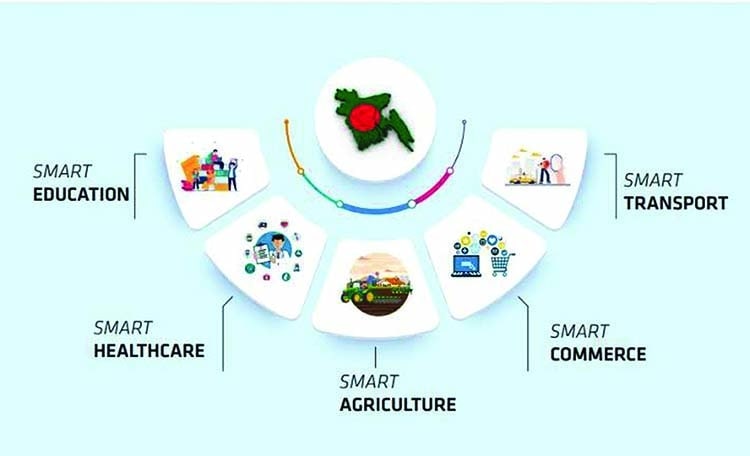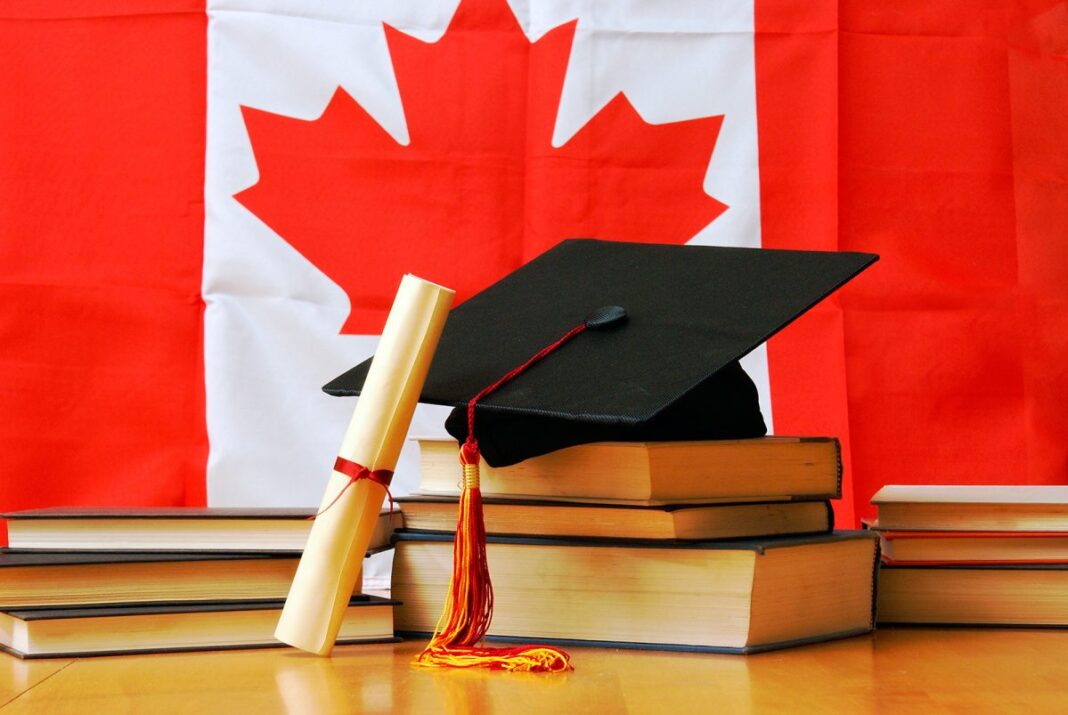Canada is a country that takes pride in its education system. The education system of Canada is highly respected globally, and its universities are renowned for their excellent academic programs. The country has an education system that provides equal opportunities to all, regardless of their race, gender, or socio-economic status. In this article, we will delve into the education system of Canada, exploring its various stages, programs, and policies.
Table of contents
Introduction
The education system in Canada is divided into three levels: primary, secondary, and post-secondary. Each level has a different set of objectives and requirements, but they all aim to provide students with the knowledge, skills, and values they need to succeed in life. The education system in Canada is designed to be inclusive and provide equal opportunities to all students, regardless of their background or abilities.
Primary Education in Canada
Overview
Primary education in Canada is the first stage of formal education and typically lasts from Kindergarten to Grade 8. This stage of education is compulsory for all students and is free for all Canadian citizens and permanent residents. The primary education curriculum covers subjects such as language arts, mathematics, social studies, science, physical education, and health and life skills.
The Kindergarten Program
Kindergarten is the first stage of primary education in Canada. The Kindergarten program is designed to provide students with a supportive and engaging learning environment where they can develop their physical, social, emotional, and cognitive skills. The program is based on play-based learning and focuses on developing skills such as communication, problem-solving, and critical thinking.
Secondary Education in Canada
Overview
Secondary education in Canada typically lasts from Grades 9 to 12. This stage of education is also compulsory for all students and provides students with the opportunity to specialize in their areas of interest. The secondary education curriculum covers subjects such as language arts, mathematics, social studies, science, physical education, and health and life skills, as well as electives in areas such as the arts, technology, and business.
High School Diplomas and Certificates
At the end of secondary education, students can receive a high school diploma or certificate, which is recognized by universities and colleges across Canada. The diploma or certificate is awarded based on the student’s performance in their final exams and their overall academic record. High school graduates can use their diploma or certificate to apply for post-secondary education programs, such as university or college.
Post-Secondary Education in Canada
Overview
Post-secondary education in Canada includes programs offered by universities, colleges, and trade schools. These programs range from certificate and diploma programs to undergraduate and graduate degrees. Post-secondary education is designed to provide students with specialized knowledge and skills in their areas of interest.
University and College Programs
Universities in Canada offer undergraduate and graduate degrees in a wide range of disciplines, such as arts, science, business, engineering, and health sciences. Colleges offer certificate and diploma programs in a variety of fields, such as trades, technology, and applied arts. Both universities and colleges have a strong focus on hands-on learning and provide students with the opportunity to gain practical experience in their field of study.
Funding and Support for Education in Canada
Overview
The education system in Canada is funded by the government at all levels, with additional support provided by private and philanthropic organizations. The funding and support provided for education ensure that students have access to high-quality education programs and resources.
Government Funding
The government provides funding for education through various sources, including taxes, grants, and loans. This funding is used to support primary, secondary, and post-secondary education programs and institutions. The government also provides funding for research and development in the education sector, which helps to ensure that students have access to the latest technology and resources.
Private and Philanthropic Support
In addition to government funding, private and philanthropic organizations provide support for education in Canada. This support can take the form of scholarships, grants, and other financial assistance. These organizations play an important role in supporting students and ensuring that they have access to high-quality education programs.
Quality of Education in Canada
Overview
The quality of education in Canada is recognized globally as being among the highest in the world. This is due to the high standards and quality of teaching, as well as the commitment of educators and institutions to ensuring that students receive the best education possible.
Quality of Teachers
The quality of teachers in Canada is among the best in the world. Teachers in Canada are highly qualified and are committed to providing students with the best education possible. This is reflected in the high level of student achievement and success.
Quality of Institutions
Universities and colleges in Canada are highly regarded for their excellent academic programs and research capabilities. These institutions are committed to providing students with high-quality education programs and resources, and are continually working to improve the quality of their programs.
Conclusion
The education system in Canada is an example of what a high-quality education system should look like. From the early stages of Kindergarten to post-secondary education, students are provided with the knowledge, skills, and values they need to succeed in life. The funding and support provided for education, the quality of teachers, and the quality of institutions all contribute to the excellence of the education system in Canada. This makes Canada an excellent destination for students from around the world who are looking for a world-class education experience.
Bibliography
- Government of Canada. (2021). Education in Canada. Retrieved from https://www.canada.ca/en/immigration-refugees-citizenship/services/immigrate-canada/education.html
- Education System in Canada. (2021). World Education News & Reviews. Retrieved from https://wenr.wes.org/2021/01/education-system-in-canada
- Canadian Council for Public-Private Partnerships. (2020). The Benefits of Investing in Education in Canada. Retrieved from https://www.pppcouncil.ca/resources/news-and-events/the-benefits-of-investing-in-education-in-canada/
- Council of Ministers of Education, Canada. (2021). Education in Canada: Key Trends and Future Prospects. Retrieved from https://www.cmec.ca/publications/publications-en/Pages/Education-in-Canada-Key-Trends-and-Future-Prospects.aspx
- Statistics Canada. (2020). Education in Canada: An Overview. Retrieved from https://www150.statcan.gc.ca/n1/pub/81-004-x/2020001/article/00031-eng.htm
- UNESCO. (2020). Education in Canada. Retrieved from https://uis.unesco.org/en/country/ca/theme/education
- Canadian Education Association. (2021). The Education System in Canada: A Guide for International Students. Retrieved from https://www.cea-ace.ca/our-work/resources/the-education-system-in-canada-a-guide-for-international-students
- Global Affairs Canada. (2021). Education in Canada: A Guide for International Students. Retrieved from https://www.canada.ca/en/immigration-refugees-citizenship/services/study-canada/study-permit/prepare/education-system.html
- Education in Canada: A Guide for Parents. (2021). International Student Services. Retrieved from https://internationalstudent.com/study-in-canada/education-canada-guide-parents/
- Canadian Federation of Students. (2021). Education in Canada: A Guide for Students. Retrieved from https://www.cfs-fcee.ca/what-we-do/education-in-canada/
- Council of Ministers of Education, Canada. (2021). Canada’s Education System. Retrieved from https://www.cmec.ca/Publications/Publications-en/Pages/Canada-s-Education-System.aspx



 For all latest articles, follow on Google News
For all latest articles, follow on Google News